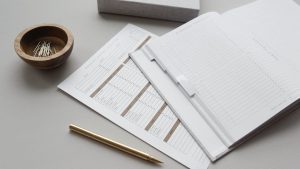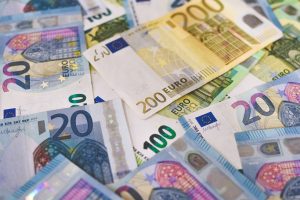Forex markets are the most actively traded financial markets in the world, with trillions of dollars being traded on a daily basis. Due to the global nature of forex trading, the market is open 24 hours a day, five days a week, making it one of the most flexible and accessible financial markets in the world. In this article, we will explore when forex markets open and close, including the different trading sessions and their characteristics.
Forex Trading Sessions
The forex market is divided into three main trading sessions: the Asian session, the European session, and the North American session. Each of these sessions has its own unique characteristics, including the currencies that are most actively traded and the level of volatility that is typically experienced.
Asian Session
The Asian session is the first trading session of the day and runs from 11:00 p.m. to 8:00 a.m. GMT. This session is dominated by the major financial centers in the Asia-Pacific region, including Tokyo, Sydney, and Hong Kong. During the Asian session, the most actively traded currencies are the Japanese yen, Australian dollar, and New Zealand dollar.
The Asian session is generally the quietest of the three trading sessions, with lower levels of volatility compared to the European and North American sessions. However, this does not mean that there are no opportunities for traders during this session. For example, traders who specialize in trading the yen may find that the Asian session provides the best trading opportunities.
European Session
The European session is the second trading session of the day and runs from 7:00 a.m. to 4:00 p.m. GMT. This session is dominated by the major financial centers in Europe, including London, Frankfurt, and Paris. During the European session, the most actively traded currencies are the euro, British pound, and Swiss franc.
The European session is typically the most volatile of the three trading sessions, with the highest levels of trading activity and liquidity. This can provide traders with a range of trading opportunities, as well as increased risk due to the higher levels of volatility.
North American Session
The North American session is the final trading session of the day and runs from 12:00 p.m. to 9:00 p.m. GMT. This session is dominated by the major financial centers in North America, including New York and Toronto. During the North American session, the most actively traded currencies are the US dollar and Canadian dollar.
The North American session is typically less volatile than the European session but more volatile than the Asian session. This session can provide traders with a range of trading opportunities, particularly during the overlap with the European session, which can lead to increased volatility and trading activity.
Weekend Trading
While the forex market is open 24 hours a day, five days a week, trading is generally not available on weekends. This is because most banks and financial institutions are closed on weekends, which means that there is less liquidity and trading activity.
However, there are some exceptions to this rule. For example, the forex market is open on weekends for retail traders through some brokers. This allows traders to take advantage of any news or events that may occur over the weekend and position themselves for the opening of the next trading session.
Conclusion
In summary, the forex market is open 24 hours a day, five days a week, providing traders with flexibility and accessibility. The market is divided into three main trading sessions, each with its own unique characteristics and trading opportunities. While trading is generally not available on weekends, there are some exceptions, such as weekend trading through some brokers. Understanding the different trading sessions and their characteristics can help traders to make informed trading decisions and take advantage of the opportunities that arise.






